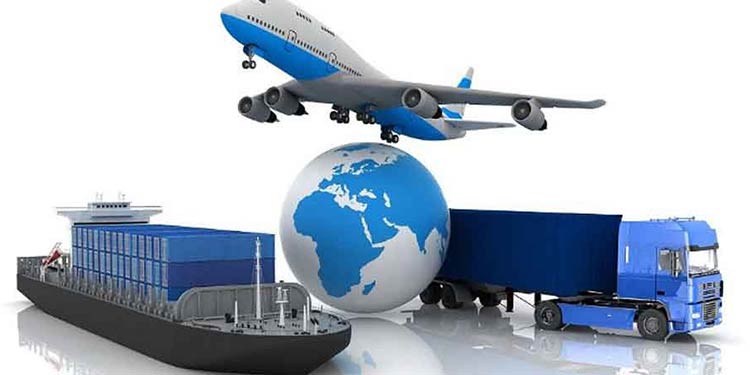 According to the African Export-Import Bank 2019 African Trade report, Southern Africa’s export potential to the rest of Africa is estimated at approximately US$23.9 billion.
According to the African Export-Import Bank 2019 African Trade report, Southern Africa’s export potential to the rest of Africa is estimated at approximately US$23.9 billion.
The report says the products with the greatest export potential are primarily industrial products and include motor vehicles and parts, machinery, mineral products, beauty and cosmetic products, and chemical products which collectively account for around 42 percent of the region’s total export potential.
The region presenting the greatest potential for Southern African exports is the Southern African region itself, estimated at US$10.6 billion, which reflects the level of economic integration within the SADC.
East Africa presents the second highest potential for Southern African exports, estimated at US$9.5 billion.
The products with greatest export potential are mineral products, motor vehicles and parts, and machinery.
West Africa is the third region with the greatest export potential for Southern Africa, estimated at US$1.98 billion, followed by Central Africa, with potential estimated at US$1.8 billion.
North Africa is the region with the lowest export potential for Southern Africa, estimated at US$250 million.
While on the other side, North Africa’s export potential to the rest of Africa has also been seen to be significant, estimated at US$9.13 billion, and with a few exceptions the products with the greatest export potential are very similar to those identified in Southern Africa.
These include fertilisers, machinery, food products, sugar and confectionary, and chemicals, which collectively account for around 38 percent of the region’s total export potential.
The region presenting the greatest export potential for North Africa is the North African region itself, estimated at US$4 billion. The products with greatest export potential to North Africa are machinery, chemicals, food products, and mineral products.
Report revealed that there are 2,862 potential one-way trade relationships across Africa. Of these, 830 or 29 percent, are governed by at least one active free-trade relationship.
Subsequently, the balance of potential trade relationships (71 percent) are governed by general trade protocols, or most-favoured nation (MFN) rates.
The ambition of trading 90 percent of tariff lines duty free under the AfCFTA creates vast opportunities for these potential trade relationships to materialise and drive intra-African trade as well as economic transformation.



